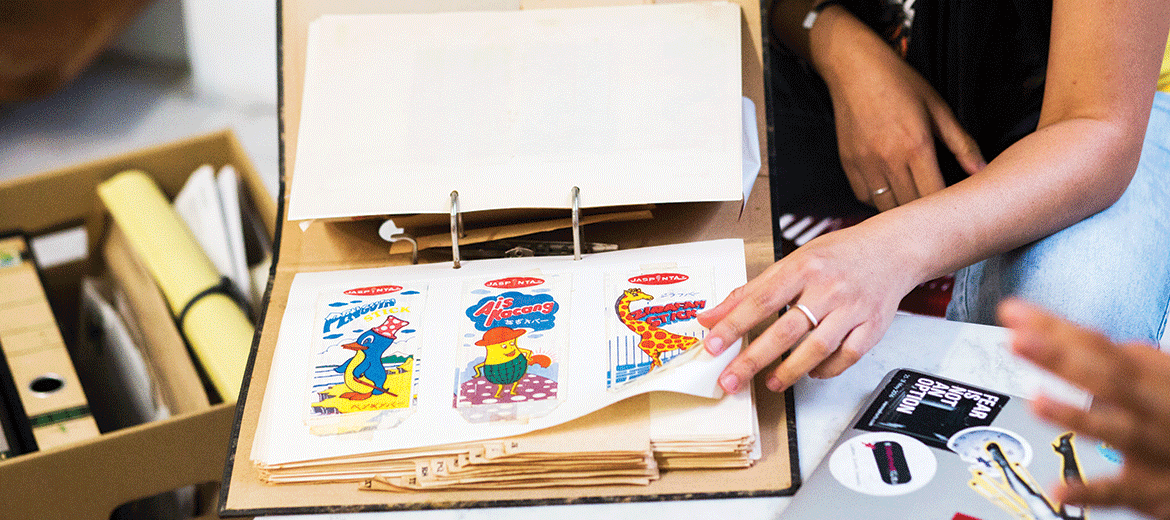The label stuck to the front of the cardboard box reads “ICE CREAM”. Inside, there are no tubs of melting vanilla or chocolate, but instead three thick binders holding yellowing sheets of paper pasted with vintage ice cream wrappers – the Jolly Lolly’s primary coloured graphics, the stylised feline of the Tiger Lolly and a lusciously haired girl in traditional Malay dress on the Rohani Stick.
The depiction of an indigenous man, clad in a loin cloth with buck teeth and wild hair, seems a rather odd way to market a popsicle – the Jungle Boy – but these wrappers form the kind of collection that thrills Ezrena Marwan, a graphic designer and lecturer on visual culture who founded the Malaysia Design Archive (MDA) in 2008.
“We can find stories in our everyday things,” Ezrena says as she leafs through the pages of packaging, considering what she’s learned during the archive’s almost ten years in existence. “We should always look at the different facets of each object. There are a lot of assumptions when we look at a piece of work, and we rarely look at it through a lens of, say, gender or sexuality. We don’t realise these are powerful artefacts that do create meaning, and how that reflects who we are and our relationships.”
Unlike the National Archive, which houses government papers, photographs and films – an official history – MDA takes a more people-oriented approach, with the goal of educating Malaysians about how design has mirrored and moulded their country’s social and political development. The archive is divided into the four major eras of modern Malaysian history – colonialism, occupation, Emergency and, finally, independence.
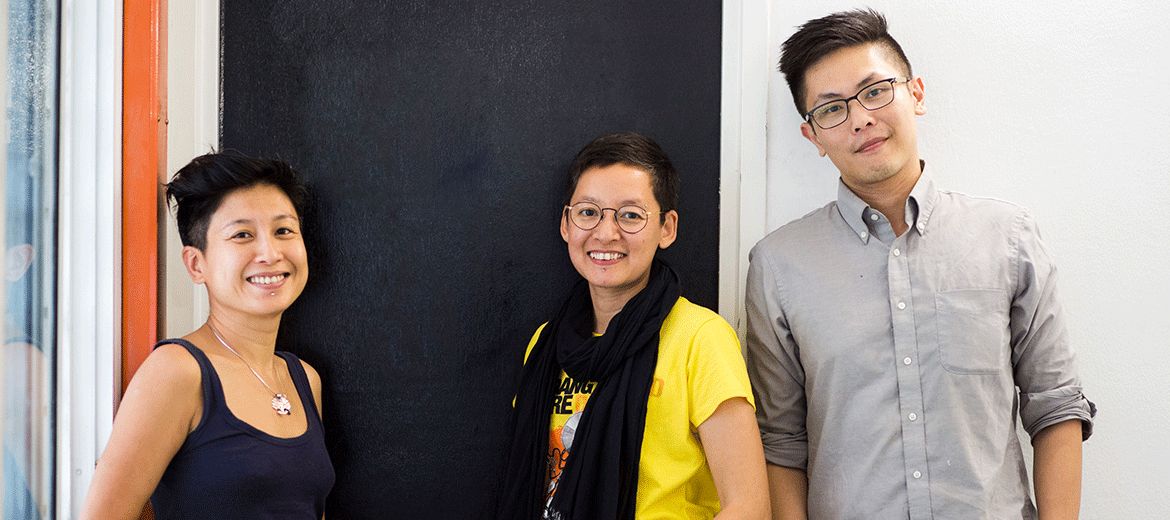
“It was meant to interrogate the symbolism behind all the graphics that are around us and ask questions about our own history… It just grew and grew,” Ezrena told Southeast Asia Globe during an interview at the Zhongshan Building, which dates from the 1950s and has been refurbished as a hub for the arts in Kuala Lumpur. MDA moved there this year.
MDA’s new location has introduced it to a broader section of Malaysian society, beyond the country’s design and history buffs. Across the hallway is an art studio; downstairs, a law firm. A café has just opened on the floor above. MDA’s rising profile has had a snowballing effect. The archive is cataloguing the collection of regional art expert Valentine Willie and preparing for a special event to mark the 60th year of independence by inviting Malaysians to tell the story of the country through a single object.
On the wall behind the desk is one of Ezrena’s favourite pieces, a Malaysian version of America’s Uncle Sam or Britain’s Lord Kitchener that she discovered, forgotten, in the poster section of the National Archive.
Rolled out by the Ministry of Information in 1951 as Communist guerrillas fought the British in what was known as the Emergency, it shows an ethnic Malay man in traditional dress holding a flag in one hand and pointing his finger toward the viewer, urging them to join the country’s police force. The text is in Jawi, the Arabic script of the Malay language. When Malaya got its independence, the flag became the emblem of the new nation.
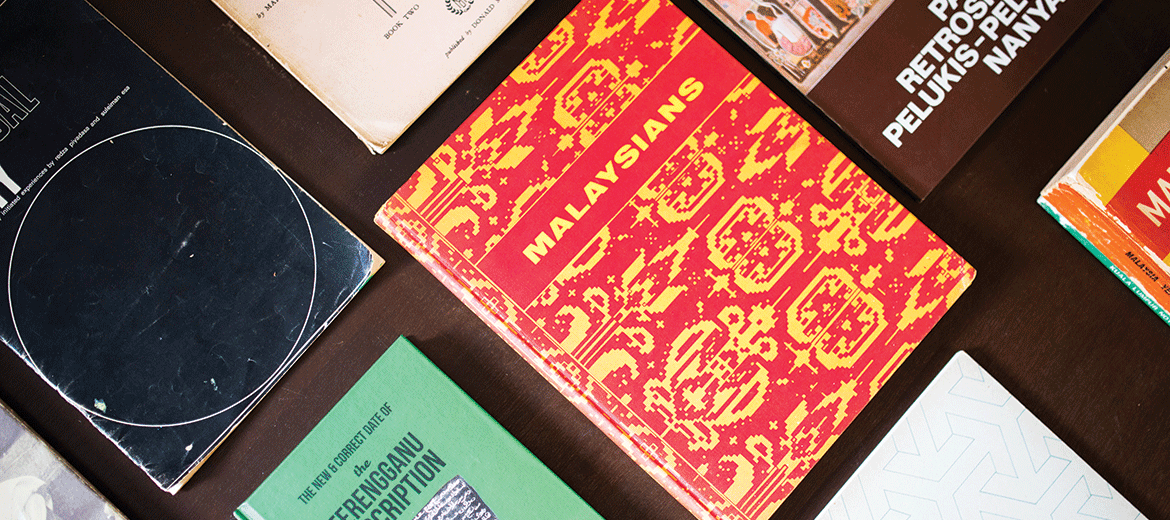
“To me, it sums up what visual culture is in Malaysia and how it intersects and unearths so many layers,” Ezrena says. “These are powerful symbols of what we are – the flag, the costume and the Jawi text. It’s a male symbol of the nation state.”
The poster was a highlight of MDA’s first exhibition, As We See It: History Through Visual Design, at the National Art Gallery in Kuala Lumpur. The show was staged as a guide to the country’s visual history, from a book of “Malayan” nursery rhymes produced while the country was a British colony to posters that sought to define the ideals of the multicultural nation that emerged as an independent state 60 years ago this month.
“In any era – colonial, the occupation or post-independence, there’s a power to design,” said Zachary Ong, a graphic designer and former president of wREGA, the Graphic Design Association of Malaysia, who invited MDA to stage the exhibition as part of a bigger project that is intended to investigate the past, present and future of design in Malaysia.
“[The exhibition] was something that we needed to do,” he says. “Baby Boomers were part of the transition [to independence], but Generation Y was not. There’s a mental gap. The archive resonates with us because it’s like a missing piece of the puzzle. MDA has gathered an immense cache of artefacts that tell the story of how graphic design was used back then and shows designers that our role is more than just commercial; that it has a certain intangible power to influence and to propagate a certain message at a certain time.”
Ezrena notes a tendency to look at Malaysia’s design history with a rather dewy-eyed nostalgia, using colonial posters for aesthetics without considering their meaning or context, or failing to think about how design was used by the independence government to shape the new nation’s identity. She hopes MDA will start to foster that sort of critical thinking about the past, and is stepping up public engagement efforts through memberships and events.
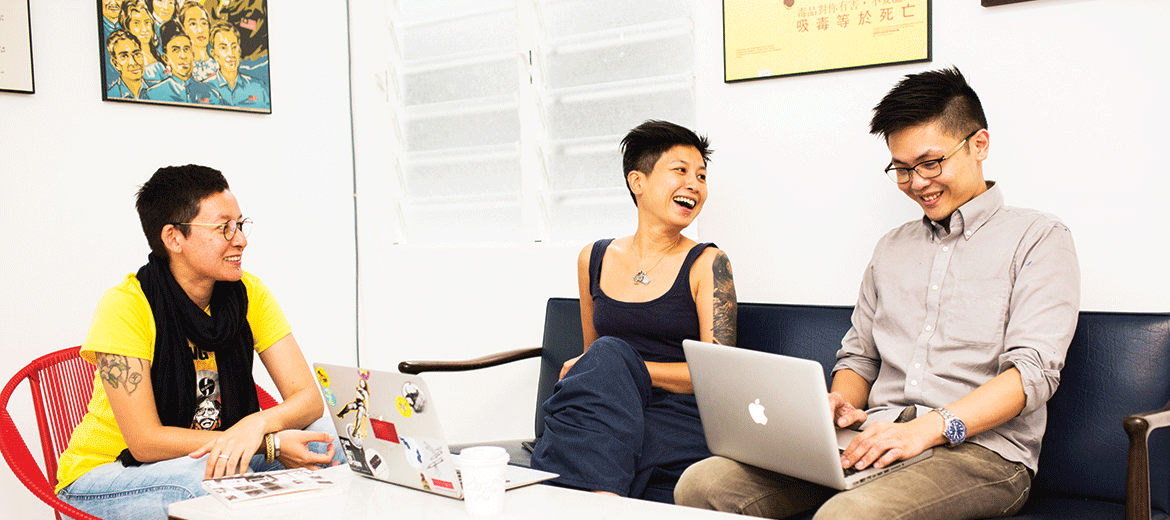
Art historian and curator Simon Soon came on board last year – the third member of the team is feminist activist Jac sm Kee – and has been instrumental in organising the archive’s calendar of talks, which have covered topics from Indonesian graphic design to artistic responses to street protests in Malaysia.
“We share the same interests in the intersection between art and politics,” said Soon, who is an expert in Southeast Asian art and an academic at the University of Malaya’s Cultural Centre. “Someone like Ezrena has taken an expanded view – or definition – of what design is and this has crystallised into our focus on visual culture in general. It’s not just about graphic design history, but also things like photography, urban spaces, architecture… things that have a visual dimension.”
Soon said the MDA team is motivated by a desire to better understand a world that is constantly becoming more visual. “Our interfaces are less text-based, so how do we gain some form of literacy over the experiences we encounter every day? It’s not just an archive in the sense of recording things. It’s also to interpret it, which is why we do so many public programmes.”
The physical archive takes up a number of metal racks in a light-filled corner of one of the rooms. Each box is identified, for now, with a pink post-it note. Old photographs and signboards are propped up against the walls, with books, old tins and other paraphernalia of the past laid out on the shelves among the boxes.
Some of the signs and photos are from the estate of T.J. Kho, a modernist architect who designed the Hotel Malaya, once one of Kuala Lumpur’s top hotels. His family decided MDA was the appropriate place for their late father’s old blueprints, photographs and design perspectives.
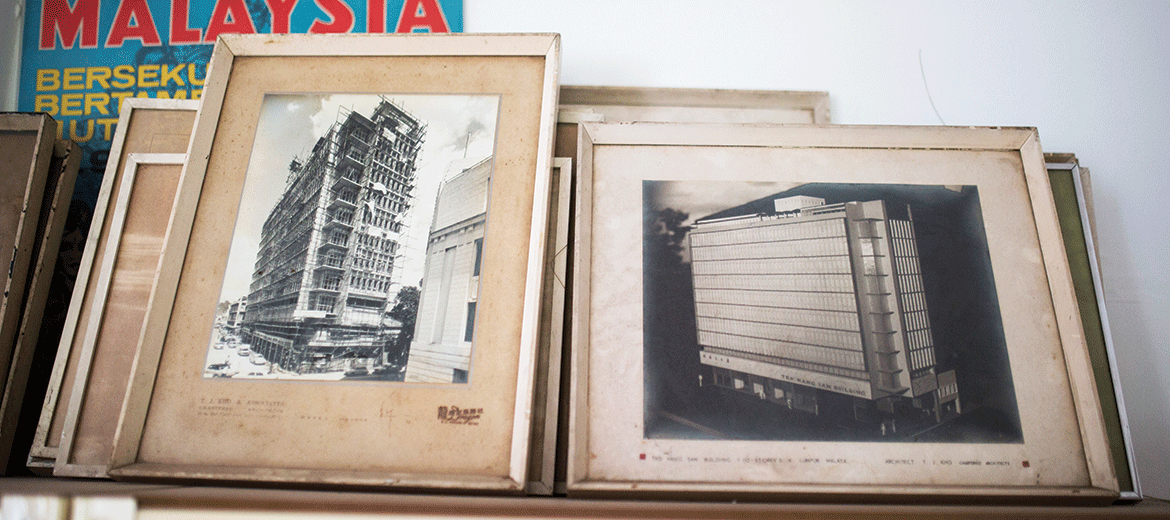
It was a similar story with the ice cream papers. Put together by an ice cream tycoon in the northern town of Butterworth – the wrappers are from his own company’s brands as well as rivals – the date is recorded at the top of each sheet of paper, providing an insight into the industry as it evolved over time. When the tycoon’s daughter found the collection, she could have thrown it away, but instead decided to give it to the archive.
MDA has recently taken possession of a professional standing scanner and a digital camera, which will enable the team to scan artefacts, including 3D objects, more carefully, and add the new material to the repository. Soon, the Rohani Stick and all the other ice cream wrappers will be online for all to see: apparently ordinary things that tell a story of a time and place, the many layers that together create a country’s visual culture.
